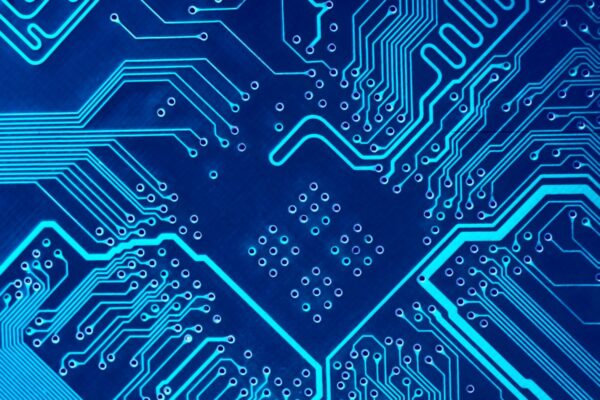What is Leakage Current
Leakage current is the unintended flow of electric current in a circuit or equipment when it is not desired. It occurs between two conductors on a PCB when there is a potential difference between them, and this current flows through the insulating substrate that separates the conductors. The magnitude of the leakage current is influenced by factors such as the DC potential difference and the conductivity of the substrate.
Several factors can contribute to an increase in leakage current. Moisture absorption by the porosity of fiber weave substrates and solder mask materials used in PCB fabrication can lead to higher leakage current. Additionally, dust accumulation on the PCB surface, especially in areas with a larger electric field, can further contribute to an increase in leakage current over time.
Managing leakage current is crucial for ensuring the proper functioning and safety of high voltage PCBs and their components. Excessive leakage current can result in power loss, reduced efficiency, and potential safety hazards. Therefore, proper design practices, such as using high-quality insulation materials, ensuring proper grounding, and adhering to industry standards, are essential in minimizing leakage current.
Frequently Asked Questions
How Do You Reduce the Leakage Current in a PCB
By implementing guard rings around important signal traces, it is possible to effectively decrease the leakage current in a PCB. When applied correctly, these guard rings create a barrier that prevents surface leakage currents from entering critical nodes with high resistance. To ensure optimal performance, it is important to ensure that these guard rings do not have a solder mask, allowing the leakage currents to be directed away from the sensitive trace and into the guard ring.





